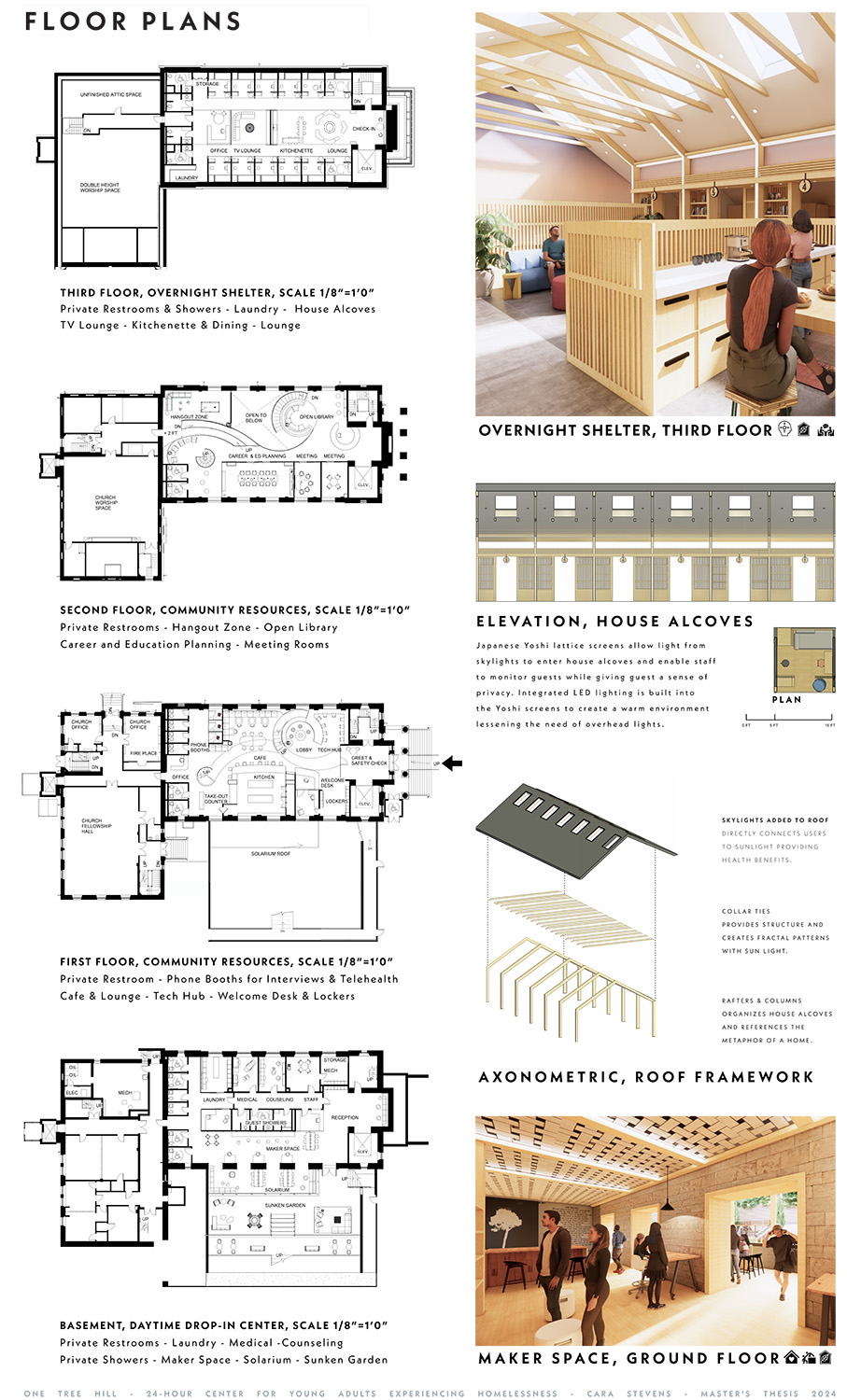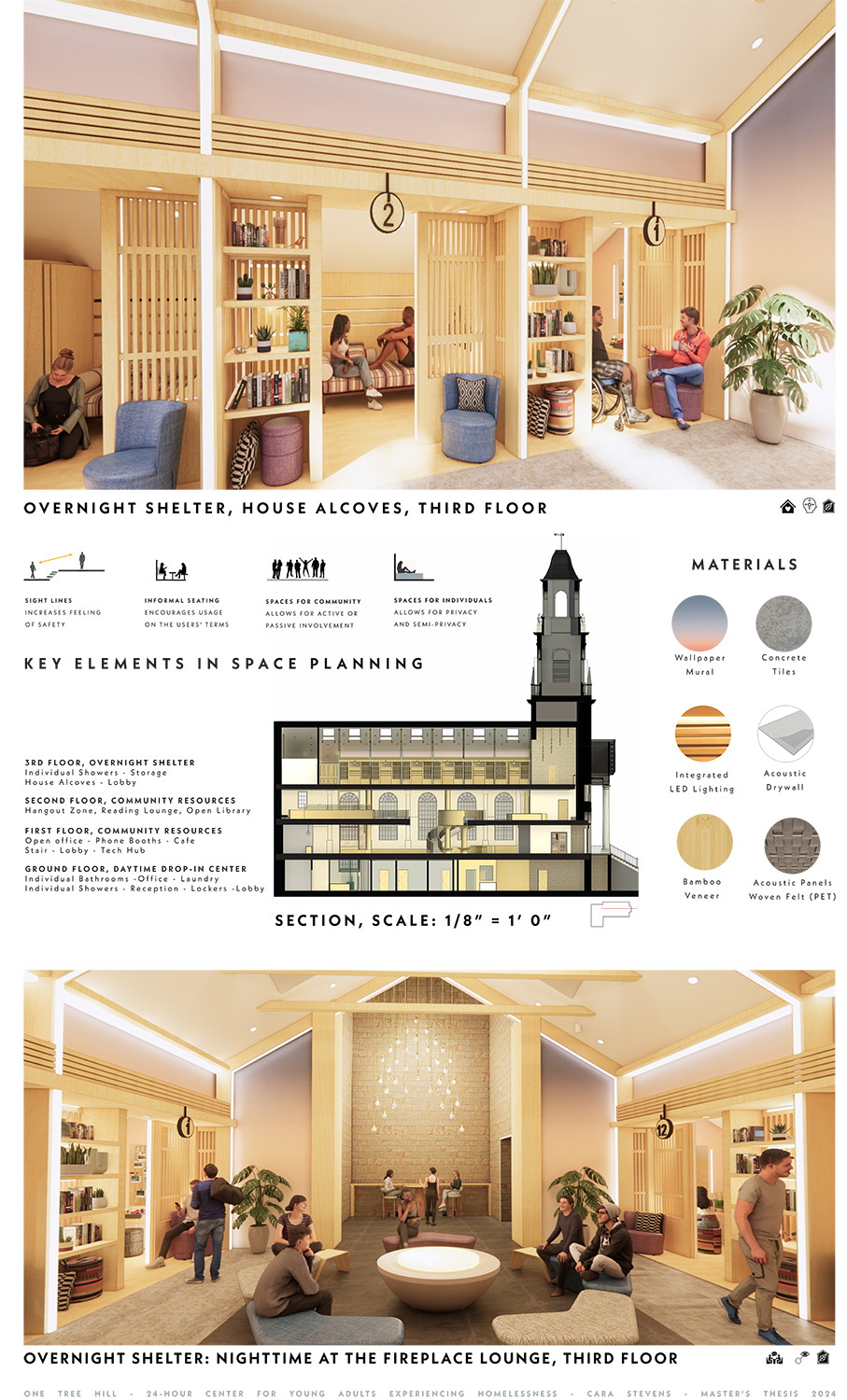Artist Biography
As an aspiring interior designer, my journey has been one of exploration, innovation, and a deep-seated passion for creating spaces that resonate with the human experience. Prior to enrolling in Endicott’s Interior Architecture Post Professional Program, I navigated through a decade-long tenure at a leading national fundraising consulting firm where I gleaned invaluable insights into enduring leadership principles. The heart of my work focused on fundraising software development, leveraging my attention to detail, collaboration skills, and ability to synthesize complex requirements into functional designs. This journey underscored the importance of understanding one’s capabilities and harnessing collective strengths to achieve goals greater than the sum of our individual endeavors. Now, as a career changer and graduate of the esteemed Interior Architecture program at Endicott College, I am devoted to leveraging my diverse background to create spaces that not only fulfill functional requirements but also resonate with a sense of identity, culture, and context. My design philosophy is guided by the belief that with meticulous attention to detail, design can influence behavior, foster connections, and elevate the human spirit.
Abstract
According to a national study, there are 3.5 young adults (18-24) in the United States who are experiencing a form of homelessness. This thesis project focuses on Essex County, Massachusetts, which lacks emergency shelters and drop-in centers for young adults. While long-term housing options exist, the main options available to homeless youth are adult shelters, the street, cars, or staying with friends and family temporarily. The literature review reported trauma leading to and during experiences of homelessness, barriers to accessing services, assessment tools for placement, and recommendations for shelter and drop-in centers. Case studies conducted on youth service providers in the Boston area revealed that it‘s small-sized shelters with family-like relationships that are the backbone of their success and that young adults must first heal from trauma before imagining life without homelessness. An interview with a young adult experiencing homelessness showcased the debilitating impact of trauma and a transient lifestyle while demonstrating the positive impact of offering a bed. Home design theories explored promote the need for individual and communal spaces. Research of biophilic design applied to interior architecture report on physical and mental health benefits to users according to robust peer review journal articles Architecture precedents of youth-specific services providers were conducted to investigate the design theory application further. The research resulted in the proposed design of a 24/7 resource center that not only serves as a secure emergency shelter but also functions as a community hub. Resources at the center include an overnight shelter, cafe, a drop-in center with medical and mental health services, laundry, showers, and spaces for career, and education support.



